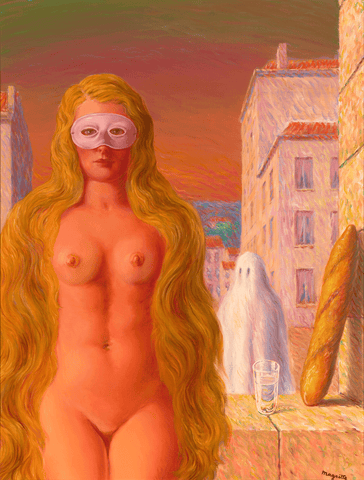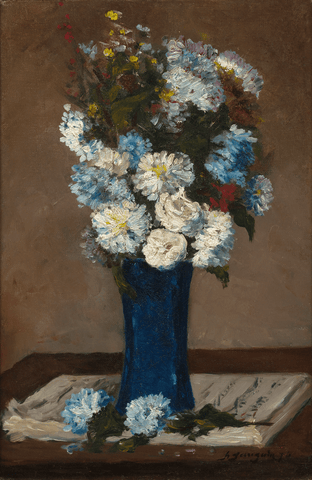John Singer Sargent (1856-1925) is widely regarded as one of the most important portraitists in the history of art. His name calls to mind images of Gilded Age beauties or aristocratic children in flowing gowns and formal dress, and he commanded a high price for his highly popular work.
Early Life
Born in Florence, Italy to American parents, Sargent began his formal art training at the Academy of Fine Arts in Florence in 1871. In order to advance his education, the burgeoning artist moved to Paris to study at the École des Beaux-Arts from 1874 to 1878 under the great Emile Auguste Carolus-Duran, whose influence would play a pivotal part throughout Sargent’s artistic career. In fact, at his first showing at the Paris Salon in 1879, he exhibited a portrait of Duran.
Career
After his Salon appearance, Sargent began receiving handsome commissions. Although his income largely came from formal portraiture, he also produced work outside of his formal commissions. “Gypsy” dancers, blossoming gardens, close friends and family are the subjects of these works, all of which offer an intimate glimpse into Sargent’s creative and passionate spirit. One of the greatest scandals of his career - his famed
Portrait of Madame X (Metropolitan Museum of Art) was shown at the
1884 Paris Salon, and it caused such a stir that he was forced to flee Parisian society for England. In the artwork Sargent described as, "the best thing I have done," Sargent captured socialite Virginie Amélie Avegno Gautreau clad in an alluring, form-fitting black gown, with one of its narrow straps having fallen off her shoulder (Sargent later repainted the strap into its proper place).
Madame X's state of dishabille, combined with the work's loose brushstrokes and unconventional composition, was simply too provocative for the art world in Paris.
When Sargent's commissions for new works dried up following the scandal, he retreated to his friend's home in the village of Broadway, located in the charming English Cotswolds.
The artistic freedom that Sargent enjoyed during these brief, though fruitful years of respite from the Paris and London art scenes provided a much-needed breath of fresh air for the artist. Sargent’s new aesthetic boldness would serve him well in the decades that followed. By early 1887, the scandal of Madame X had begun to fade and Sargent earned several fruitful commissions in America and London, going on to become the most sought-after portrait artist of his age. His works painted while in Broadway, however, are considered among the best of his career for their bold, new style. Other similar examples can be found in the Metropolitan Museum of Art (New York), Museum of Fine Arts (Boston), Flint Institute of Arts (Michigan), Tate Britain (London), Taft Museum of Art (Ohio) and the National Portrait Gallery (London).
Legacy
After a somewhat tumultuous start, the attention Sargent’s work garnered at the Salon propelled him to great success as a portrait painter, and he began to exhibit regularly at the Salon. He quickly drew the attention of society’s elite, making Sargent one of the most popular and respected portraitists of the era, both in Europe and America. In addition to oil paintings, he also executed a number of watercolors and rapid charcoal portrait sketches he referred to as “Mugs.” However, it is his oil portraits for which he is most famous, and these works have achieved upwards of $23.5 million at auction. In a time when the art world was exploring Impressionism
, Fauvism
, and Cubism
, Sargent practiced his own unique form of Realism.
His ability to recall the great masters like Van Dyck contemporaneously led to a plethora of commissioned portraits that all demonstrated Sargent’s consistent mastery.









